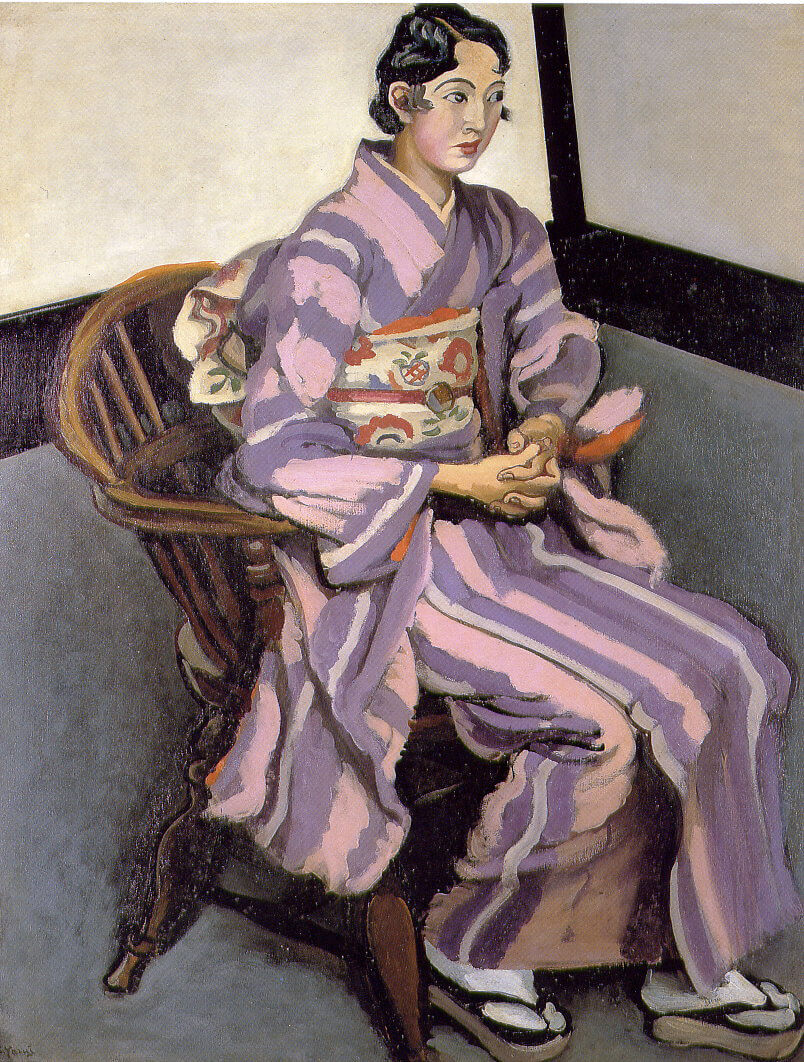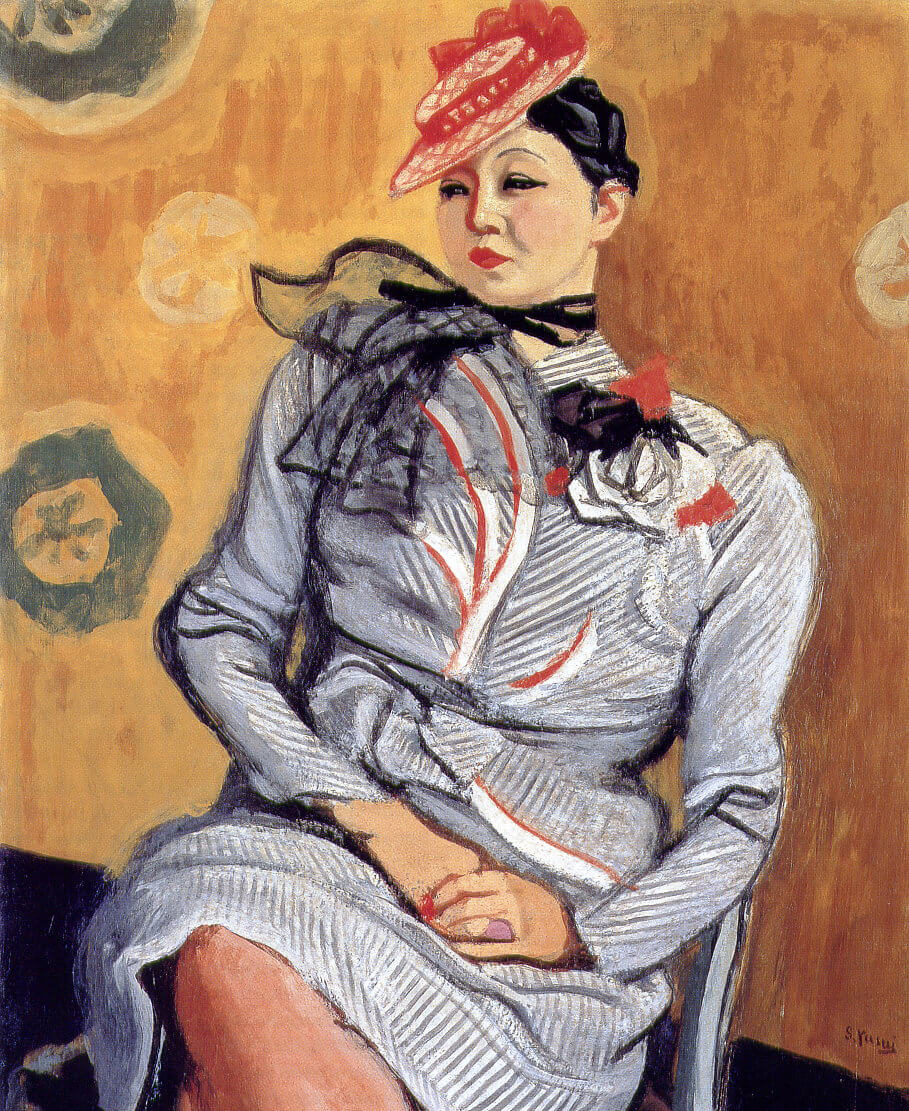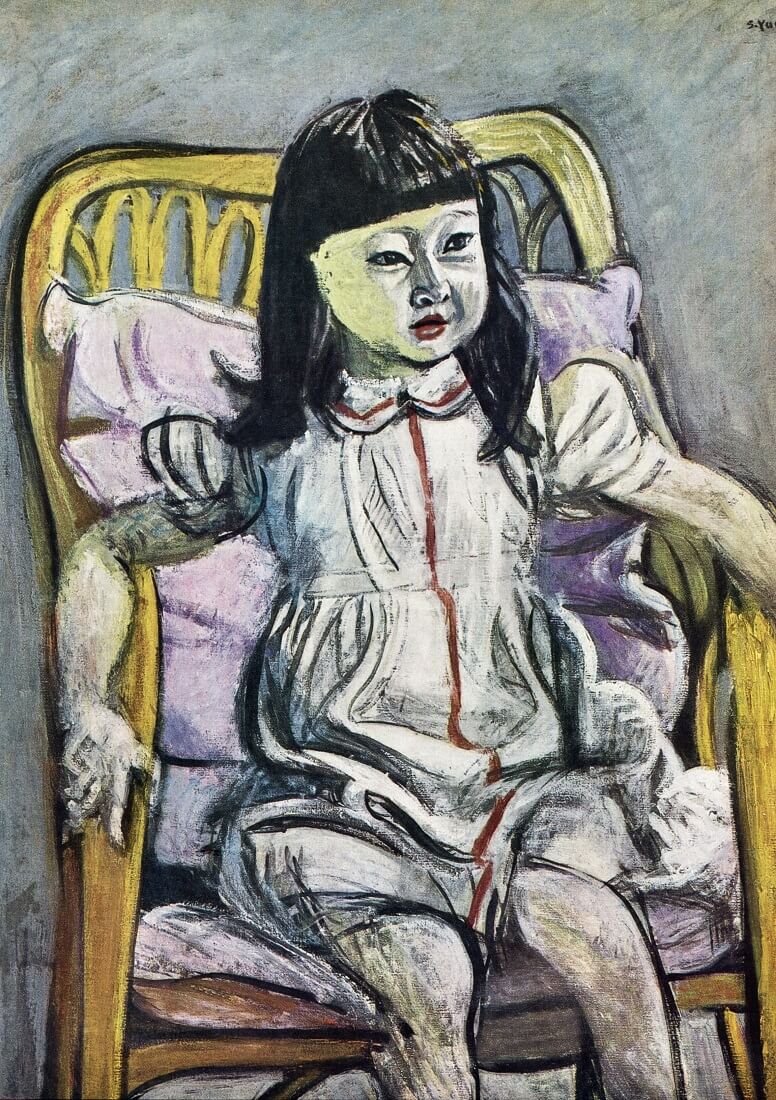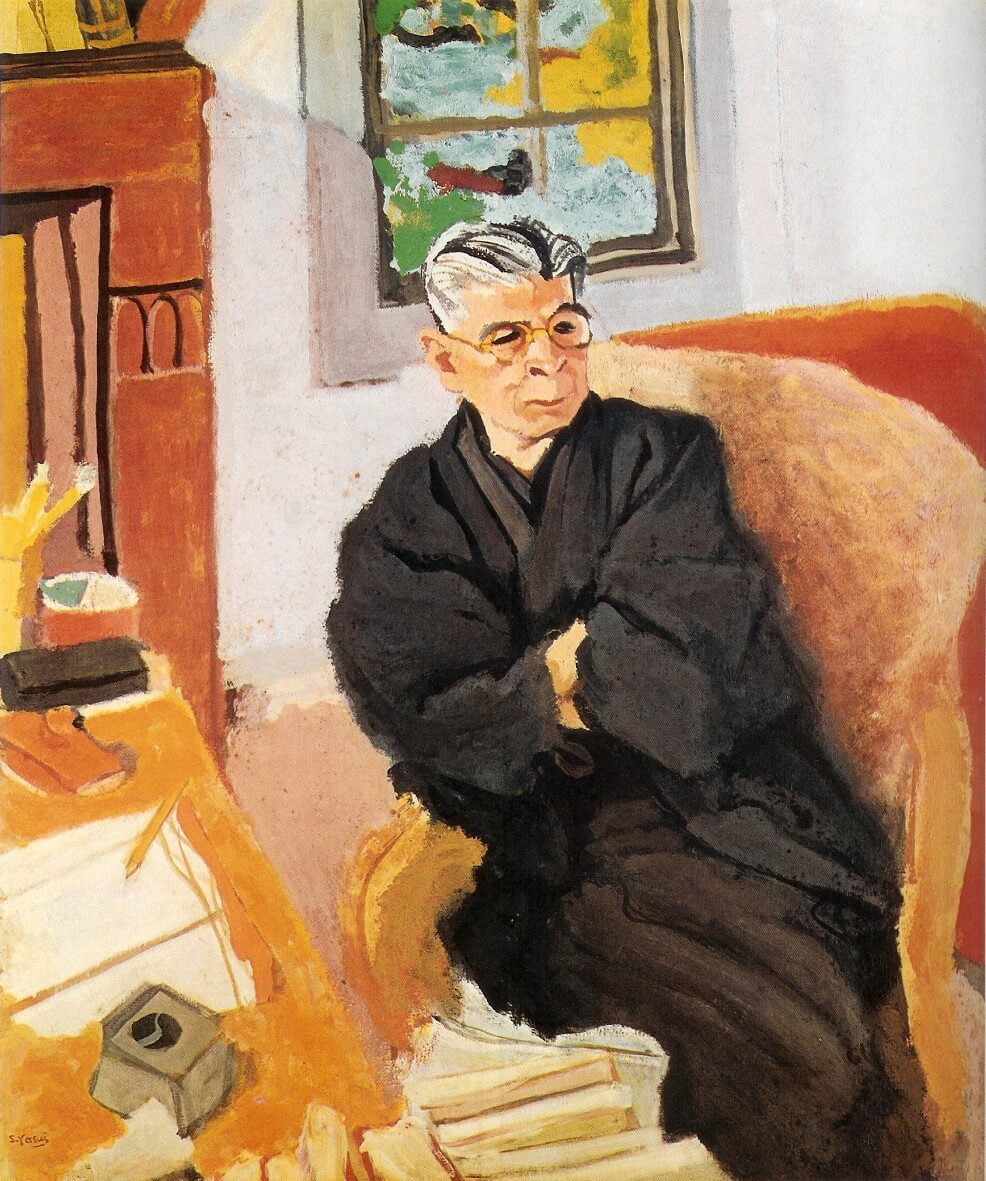Sotaro Yasui, Redefining 20th-Century Japanese Painting
In his work, the artist combined techniques from 20th century French painting with his surroundings in Japan.


Born in 1888, Yasui grew up in Kyoto before abandoning his studies in order to dedicate his time to his artistic career. He decided to study oil painting at the Kansai Academy of Fine Arts under masters such as Asai Chu, a pioneer of the yo-ga school that practised Japanese painting in a Western style that emerged during the Meiji restoration in 1868.
The country was shaken up by a new dynamic and society began to dream of modernity and opening itself up to the world. In 1907, Yasui, aged just 19 at the time, decided to leave for Europe and head to Paris to study at the Académie Julian under Jean-Paul Laurens. The apprentice painter immersed himself in European artistic culture and began creating portraits in a Western style.
Reconciling Western style with a Japanese environment
In 1914, Yasui returned to Japan and was faced with a new challenge: to reconcile his personal style (typical of 20th-century French painting) with his environment in Japan. After a few years, the artist successfully adapted his painting technique to the landscapes around him. 1929 saw the emergence of the ‘Yasui style’, characterised by the subtle combination of clear lines and bright colours. The 1930s were fruitful for the painter as he completed some of his most important work, including Portrait of Chin-Jung, Portrait of Mrs F, Portrait of a Woman and ‘Reading.

Distinctive style
His portraits are distinguishable by the subjects’ fair skin that is brought out by colourful outfits enlivened by various accessories, each delicately worked, like striped kimonos and floral dresses.
In 1944, Yasui became a professor at the Tokyo School of Fine Art. Eight years later, in 1952, he received the Japanese Order of cultural merit, which allowed him to consolidate his reputation in the art world. The artist spent his remaining years in Yugawara, Kanagawa prefecture, where he painted until the end of his life. He died in 1955 from heart failure at the age of 67. His body of work, and particularly the light conveyed in his paintings and his subjects, breathed new life into 20th-century painting.

TRENDING
-
The Tattoos that Marked the Criminals of the Edo Period
Traditional tattoos were strong signifiers; murderers had head tattoos, while theft might result in an arm tattoo.

-
The Story of Sada Yacco, the Geisha who Bewitched Europe
Described by Dazed magazine as the first beauty influencer, she has been restored to her former glory since 2019.

-
Chiharu Shiota, Red Threads of the Soul
Last year, more than 660,000 people visited the retrospective 'Chiharu Shiota: The Soul Trembles' exhibit at the Mori Art Museum.

-
Japanese Left-field Pop From The CD Age, 1989-1996
‘Heisei No Oto’, a compilation of hidden gems in the unspoken depths of Japanese pop, reveal blissful moment of technological possibility.

-
‘Shojo Tsubaki’, A Freakshow
Underground manga artist Suehiro Maruo’s infamous masterpiece canonised a historical fascination towards the erotic-grotesque genre.





